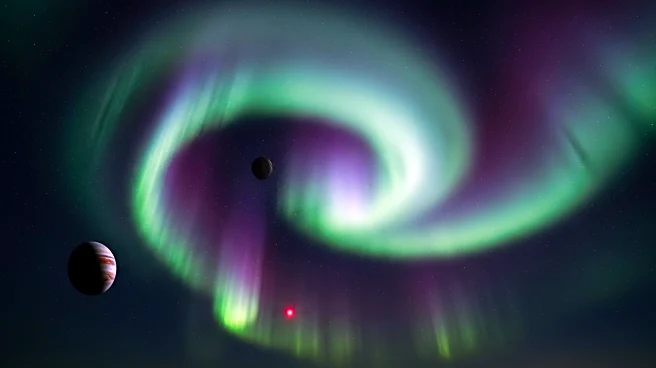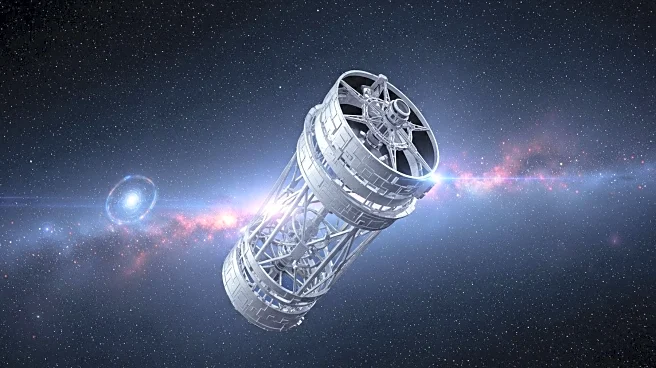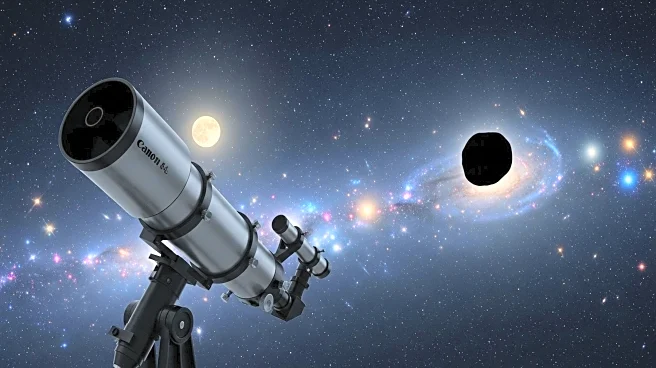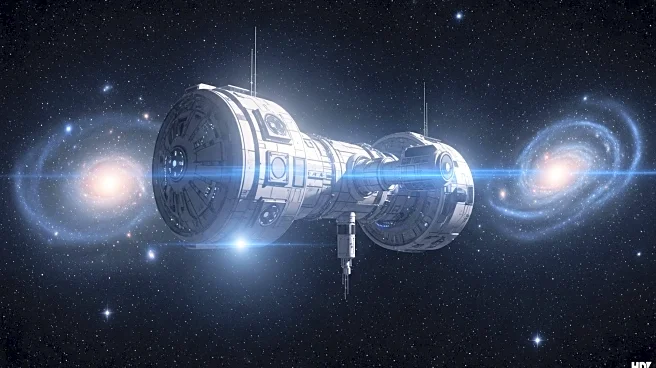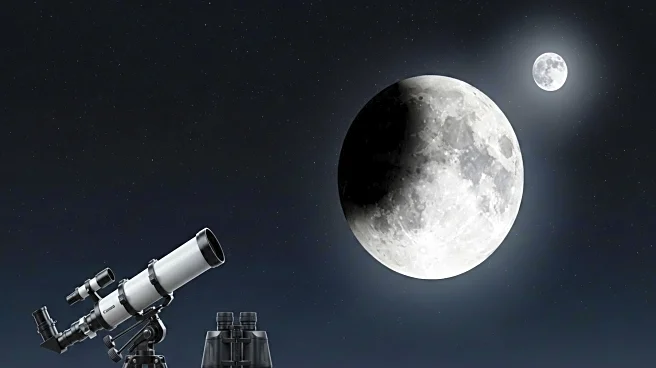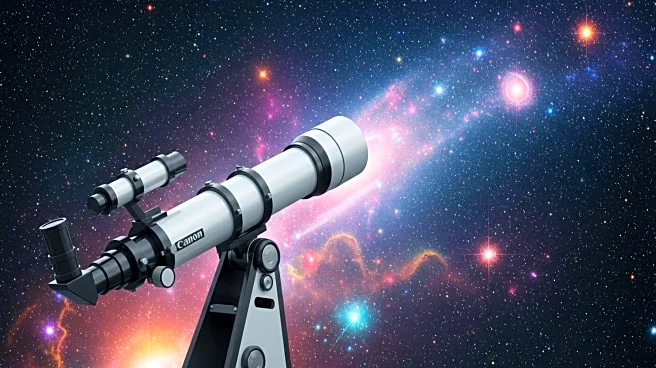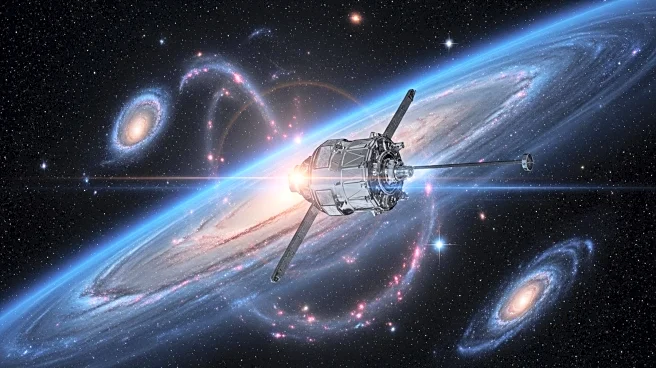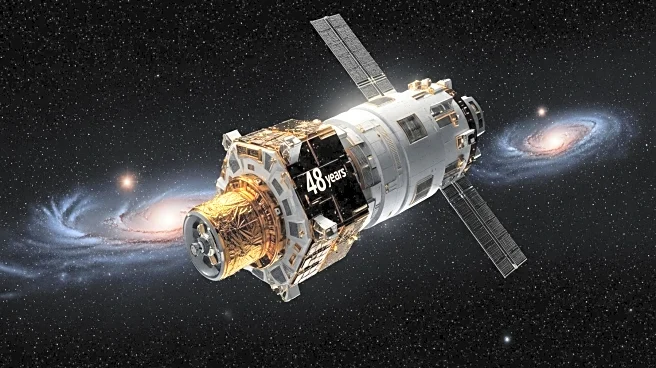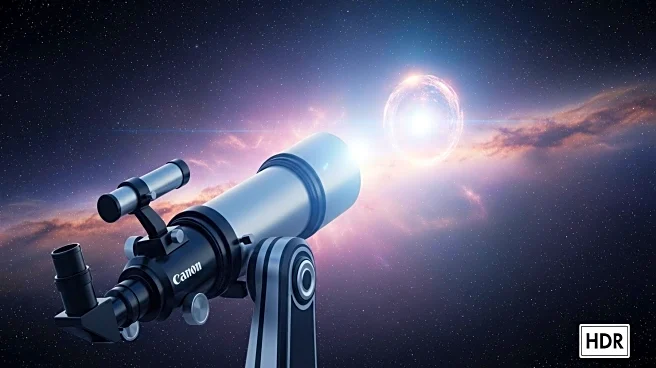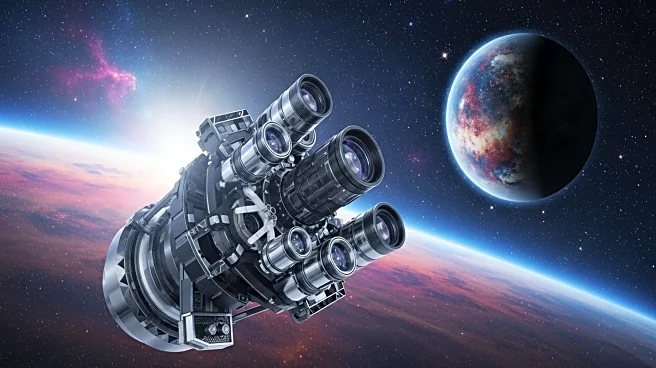What is the story about?
What's Happening?
NASA's Juno spacecraft has successfully detected auroral emissions from Jupiter's moon Callisto, marking the first time such a phenomenon has been observed. This discovery completes the auroral signatures from all four of Jupiter's Galilean moons: Io, Europa, Ganymede, and Callisto. The detection was made possible due to a shift in Jupiter's auroral oval, which allowed Juno to capture the auroral footprints of the moons simultaneously. The findings were published in the journal Nature Communications, highlighting the electromagnetic interactions between the moons and Jupiter's magnetosphere.
Why It's Important?
The detection of Callisto's auroral footprints is significant for understanding the electromagnetic interactions within Jupiter's magnetosphere. This discovery provides insights into the complex dynamics of the Jovian system, which could have implications for future space exploration missions. Understanding these interactions is crucial for planning upcoming missions like NASA's Europa Clipper and ESA's JUICE, which aim to explore Jupiter's moons further. The findings contribute to the broader knowledge of planetary magnetospheres and their interactions with natural satellites.
What's Next?
Researchers will continue to study the Galilean moons using Juno and other spacecraft scheduled to arrive in the Jovian system. NASA's Europa Clipper is expected to reach Jupiter in 2030, followed by ESA's JUICE in 2031. These missions will further investigate the moons' characteristics and their interactions with Jupiter's magnetosphere, potentially solving more mysteries about the Jovian system. The continued exploration of Jupiter's moons could lead to new discoveries about their potential habitability and geological features.
AI Generated Content
Do you find this article useful?
